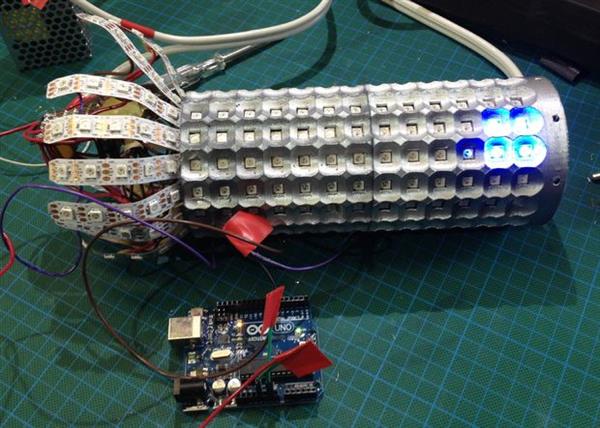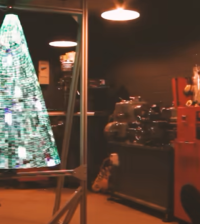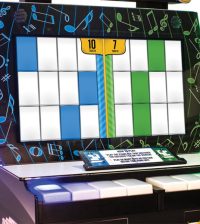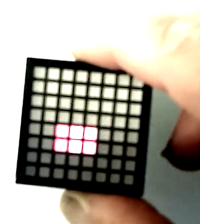- makeITcircular 2024 content launched – Part of Maker Faire Rome 2024Posted 2 weeks ago
- Application For Maker Faire Rome 2024: Deadline June 20thPosted 2 months ago
- Building a 3D Digital Clock with ArduinoPosted 7 months ago
- Creating a controller for Minecraft with realistic body movements using ArduinoPosted 7 months ago
- Snowflake with ArduinoPosted 8 months ago
- Holographic Christmas TreePosted 8 months ago
- Segstick: Build Your Own Self-Balancing Vehicle in Just 2 Days with ArduinoPosted 8 months ago
- ZSWatch: An Open-Source Smartwatch Project Based on the Zephyr Operating SystemPosted 9 months ago
- What is IoT and which devices to usePosted 9 months ago
- Maker Faire Rome Unveils Thrilling “Padel Smash Future” Pavilion for Sports EnthusiastsPosted 10 months ago
DIY a Cool 3D Printed Weather/Matrix Lamp
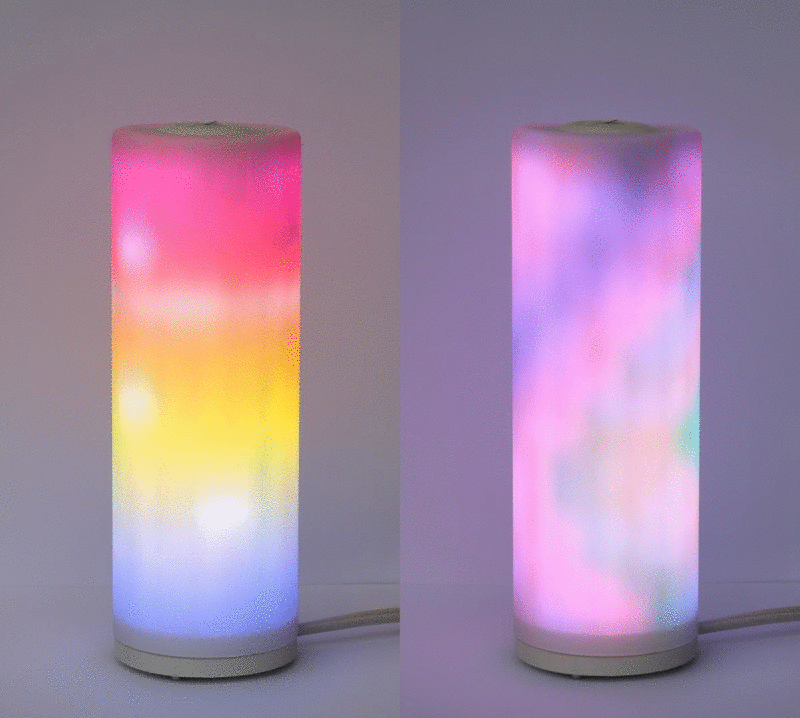
If you are searching for an accurate and cool weather station, I have what you need!
The lamp, which integrates an LED matrix controlled by a Raspberry Pi, is programmed to show the temperature through a vertical range of colors (blue at the bottom for cold and red at the top for hot), as well as precipitation and wind conditions. For instance, if it is raining, the user will see blue lights dropping downwards; if it is snowing, the drops will be white; if it is windy, lights will more horizontally across the lamp.
The Netherlands-based maker has also programmed his lamp to display the current wind speed and direction.
All you need to build your LED lamp is:
- ws2812 LED lights (288 LEDs in total)
- 3D printed LED holder
- a glass casing for the lamp (you can also take it from an existing but unused lamp)
- Raspberry Pi Zero W
- 5 Volt power source
- 3 mm diameter wire
- 3D printed lamp base (which hides the Raspberry Pi)
The maker Gosse Adema provides a detailed step-by-step guide on his Intructables page, which can be consulted for everything from the lamp’s 3D design, to its weather programming, to its electronic assembly.
“This Instructable started with an idea to create a weather controlled lamp. This requires the lamp to retrieve the actual weather. Completed with the weather forecast of the day. There are several websites which provide this information. I’ve choosen to use the Weather Underground website.”
He has also included Python code in the tutorial which can transform the 3D printed LED lamp into either an emergency light or a lava lamp. Adema adds that you can also adapt the lamp’s programming to add a clock or social media alert function.
